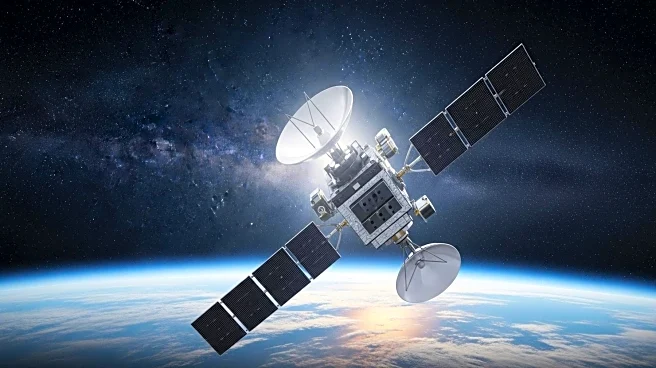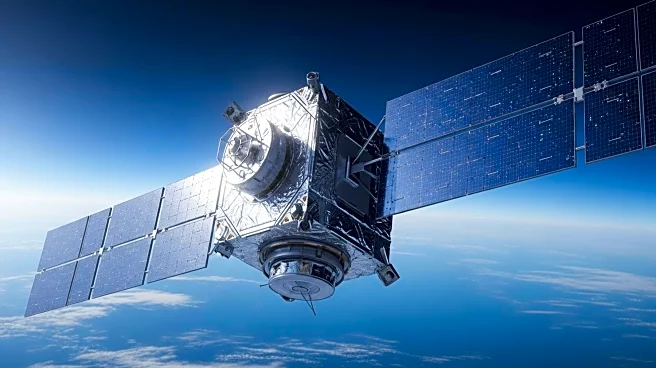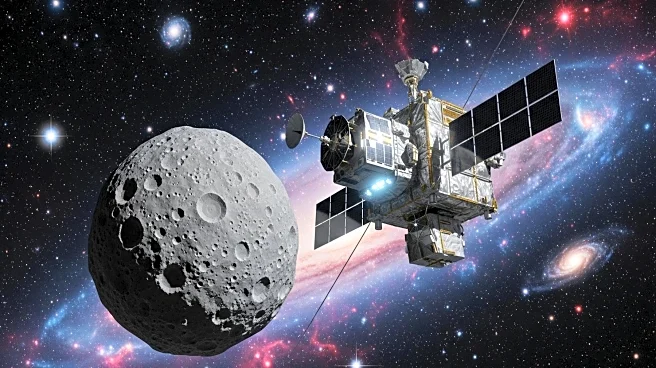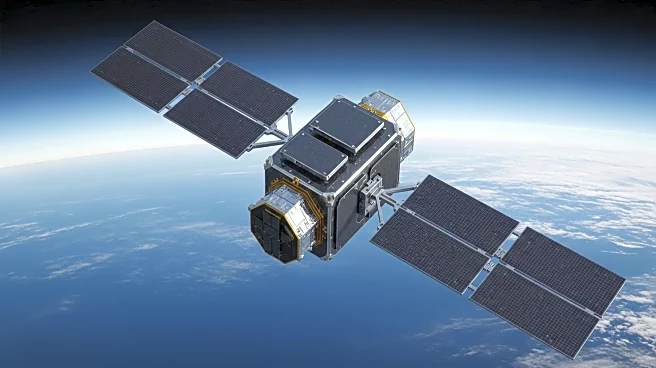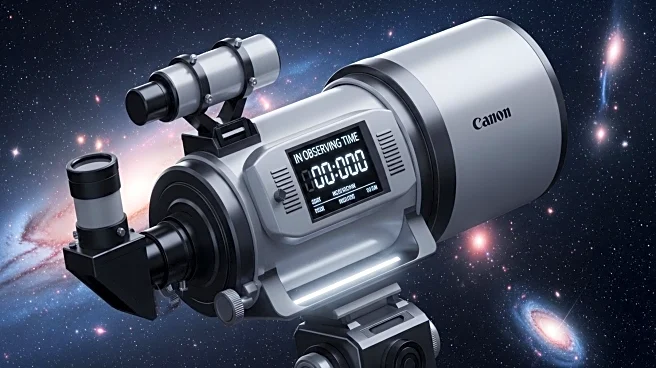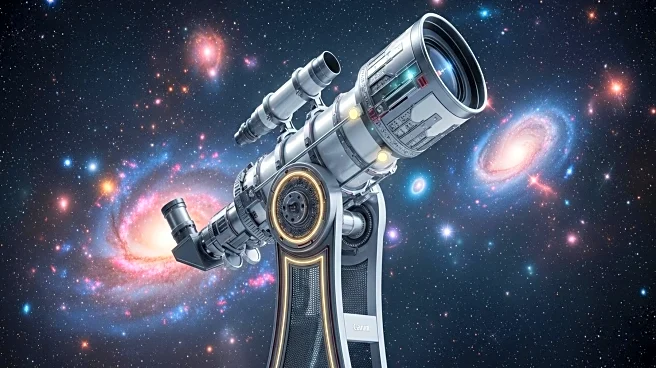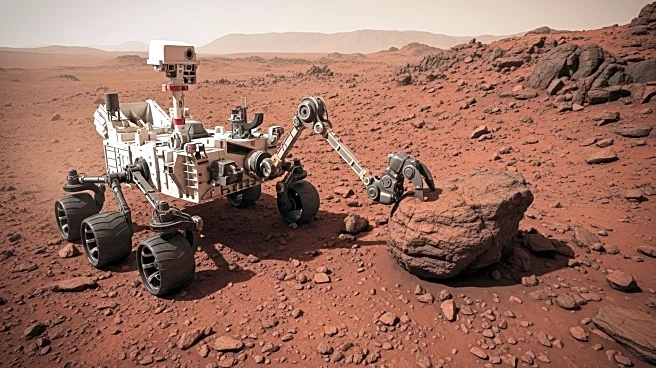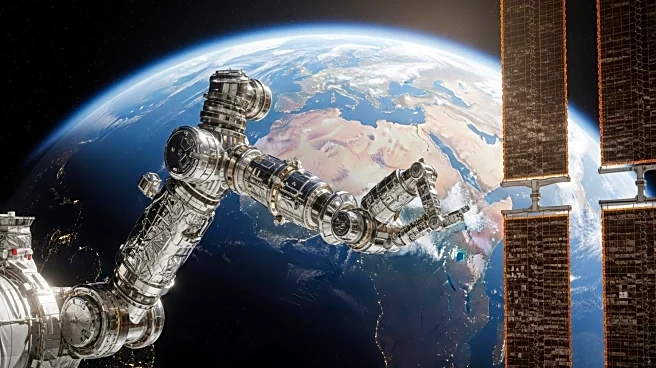What's Happening?
NASA and the European Space Agency (ESA) are set to launch the Sentinel-6B satellite in November, as part of the Sentinel-6/Jason-CS mission. This satellite will provide essential sea level and ocean data, succeeding its twin, Sentinel-6 Michael Freilich, which launched in 2020. The mission aims to improve marine weather forecasts by measuring sea levels, wind speeds, and wave heights. The data will help predict ocean conditions and the movement of large currents like the Gulf Stream, enhancing safety for ships at sea.
Why It's Important?
The Sentinel-6B satellite will significantly improve the accuracy of marine weather forecasts, which are crucial for global trade and shipping safety. By providing real-time data on sea conditions, the satellite helps ships avoid dangerous situations, reducing the risk of accidents and cargo loss. The mission also contributes to a long-term dataset of sea level measurements, aiding in climate change research and ocean monitoring. The collaboration between NASA, ESA, and other international partners underscores the importance of global cooperation in addressing environmental challenges.
What's Next?
Upon its launch, Sentinel-6B will begin transmitting data to meteorologists, who will use it to refine marine weather forecasts. The satellite's measurements will be integrated into models that predict sea states and current locations, providing valuable information for shipping routes. The mission will continue to build on the legacy of previous ocean-observing satellites, ensuring continuity in sea level monitoring and climate research. The international partnership supporting the mission will remain active, fostering further advancements in satellite technology and environmental monitoring.
